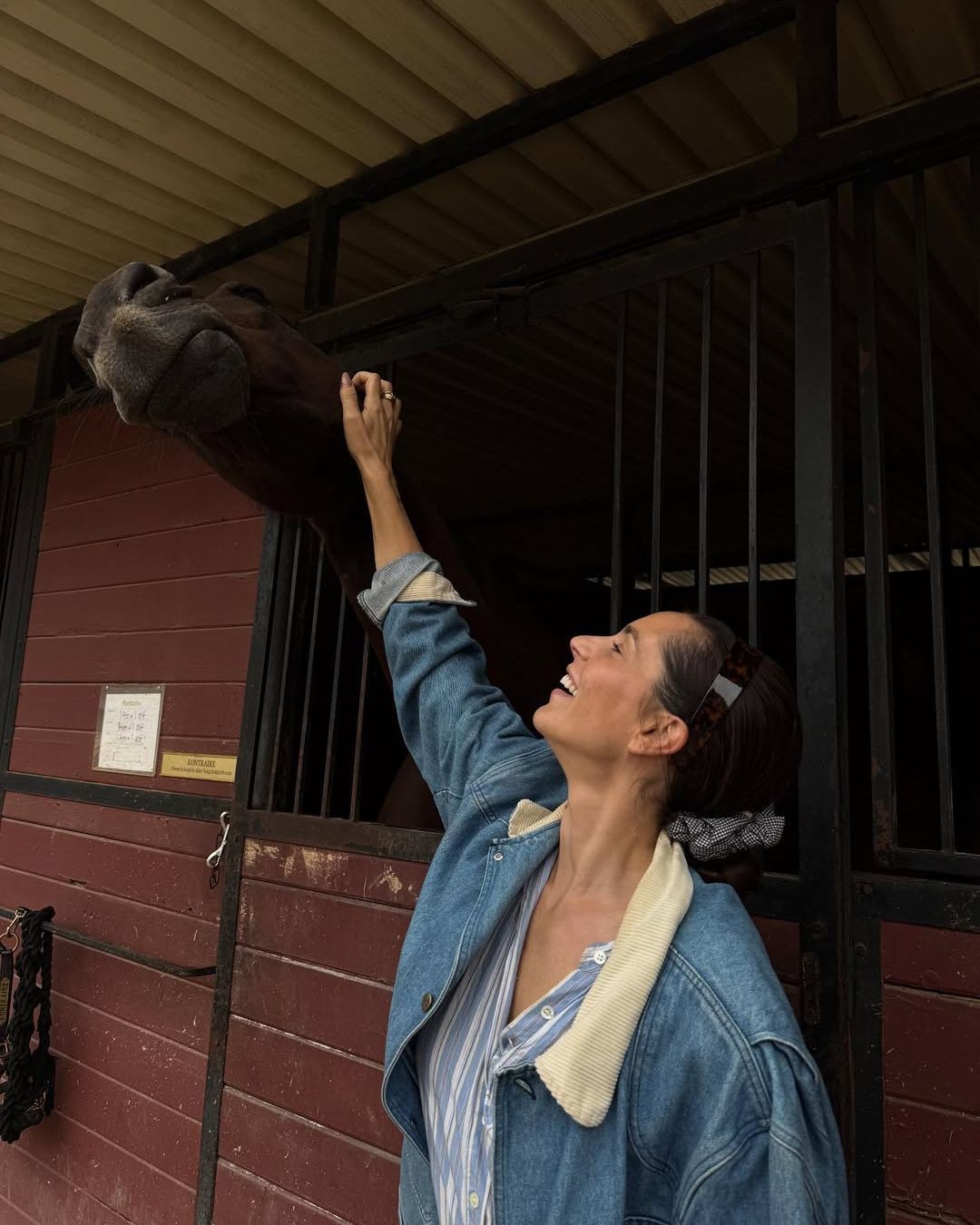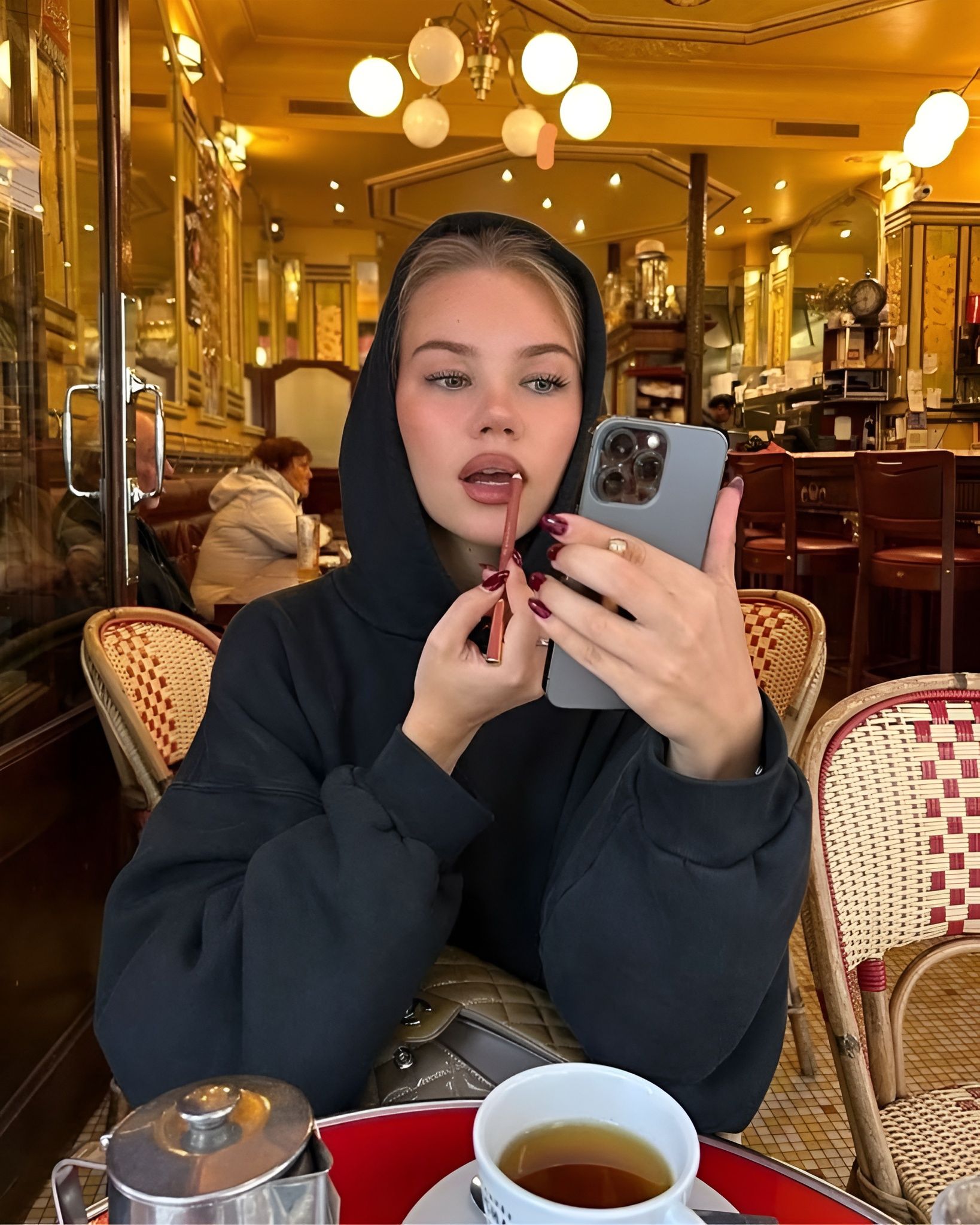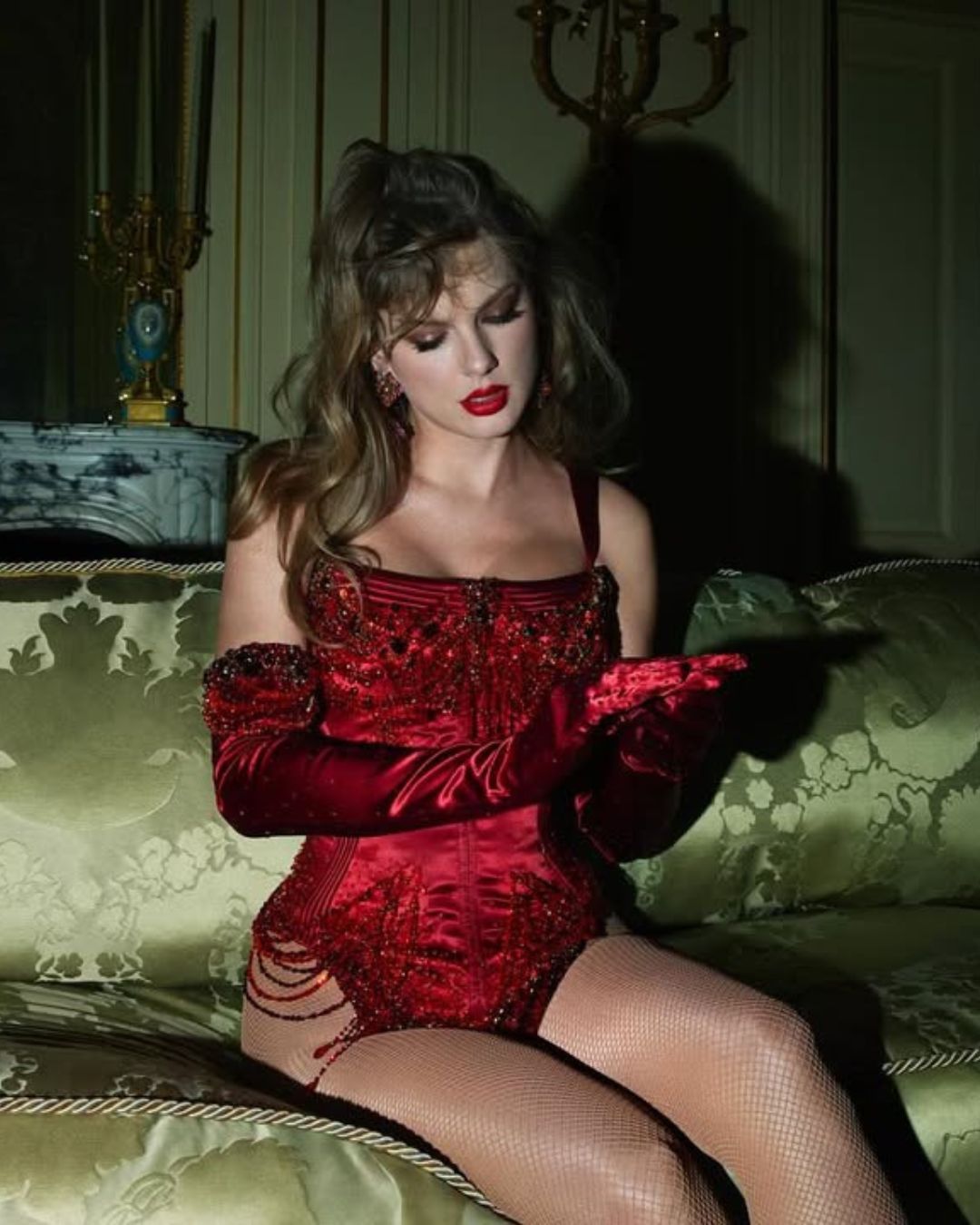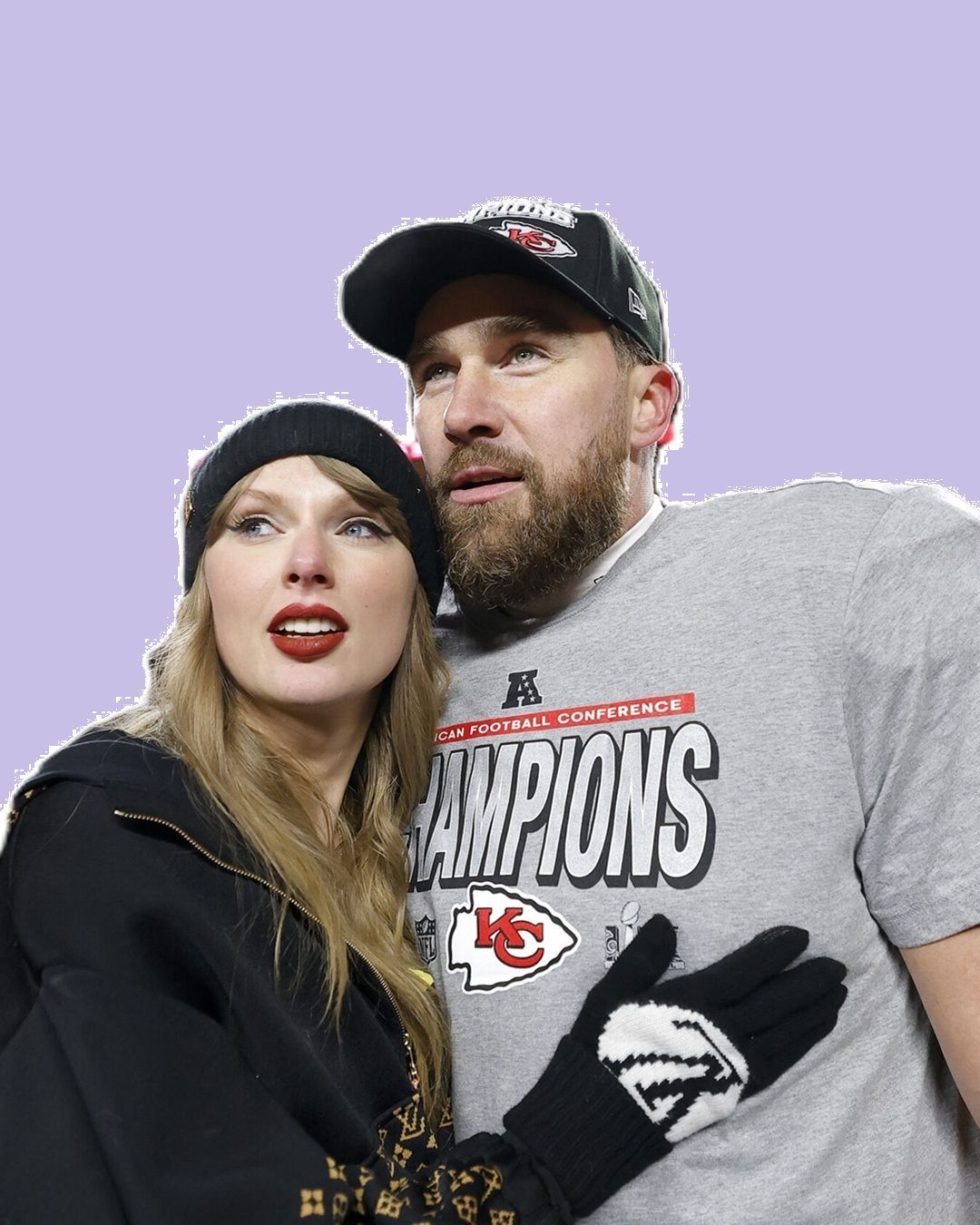
Why do we care so much about Taylor Swift's sexual orientation? A journey inside gaylor theories, between parasociality and strumentalization
Taylor Swift, before being an international billionaire pop star, is an incredibly skilled storyteller. A singer-songwriter with a keen sense of narrative, Swift has ridden the wave of media attention she has always received, from the beginning, and has managed to blur her life, fantasies, and songs, effectively erasing the separation that still existed between these things. By continuously putting on stage, in documentaries and in albums what theoretically are her most private affairs, and not missing references to paparazzi shots (just think of the famous scarf left at Jake Gyllenhaal's sister's house) and her tumultuous love life, to give a concrete foothold to the public, she has effectively embraced speculations and theories, sometimes even intervening personally to confirm or deny them. This strategy - enormously effective from a marketing perspective: it's no coincidence that Taylor Swift has been constantly and relentlessly talked about since her return at the end of 2017 - has proven to be difficult to control. Today, all kinds of theories about her private life roam freely on the web, and her publicists, through the loyal Tree Paine, can do little to contain them. It was just a matter of waiting for the explosion.
Gaylor is real: theories about celebrities' homosexuality
The drop that overflowed the glass, exploding in the media and ruffling more than a few feathers, was the theory about her alleged queerness and her past of secret love stories with friends and colleagues, which gained so much momentum on social networks that it became a topic of discussion in the New York Times. It must be said that none of this is new or unique. More or less imaginative stories about more or less secret relationships or flirtations between colleagues (especially of the same sex) are daily bread for internet fandoms, since the times of Tumblr and perhaps even MySpace. It was on Tumblr that I first encountered the so-called "gaylor" theories (gay Taylor): extensive masterposts detailing every sign to be picked up in her songs that would indicate the beginning and end of her secret relationships with Dianna Agron and Karlie Kloss, in that order. And the pop star is certainly not the only one. In 2014, the web was terrified by the Larry theory, which postulated that Harry Styles and Louis Tomlinson (then together in One Direction) were soulmates since the X Factor days. All inevitably promptly denied and all, against all predictions, more alive than ever. What has changed since then? Why have some of these theories entered the mainstream years later, disturbing and triggering endless discussions? Simply because Taylor Swift has never been so much in the spotlight, a guarantee of clicks and attention. What's the problem?
Fandoms and parasocial relationships
In theory, none. Always - whether it's ethical or not is a complex and layered topic, and we can talk about it for hours over coffee - discussions about idols have taken place in fandoms, often even surpassing unwritten limits. It's the same push, willingness, curiosity, itch (call it what you want) that drives young fans to write fan fiction featuring themselves and their favorite singers or actors, or different singers or actors with each other in intimate situations. Some people (including me) think that these speculations and stories, when based on actually existing and real people (and not on characters from books, movies, and TV shows), are a symptom of an unhealthy relationship with fame and its representatives, in short, of a misguided parasocial relationship. Others, and there is some truth there too, think it's innocent fun, a search for representation and relatability with the people they admire most, especially by very young people, clearly in desperate search of references and hopeful to find them in their current idol.
What the HELL is this @taylorswift13 ?????? Your coward ass is always hiding behind press releases. You are a SPINELESS LOSER. You're still gay and that's FINAL. There is just WAY too many instances of you BLATANLY telling us. You are a DISGUSTING person for this btw. https://t.co/xw1HuARHr0
— Emma (@klosslorgay) January 6, 2024
Mainstream and strumentalizations
Another variable to consider is the size, or rather the influence radius of this kind of discourse. As long as these discussions remain on Tumblr, almost unknown to the parties involved, they are little more than childish amusements, stories told around the fire, perhaps even manifestations of loneliness and a lack of stimuli that should be addressed. When public opinion starts to give them dignity, instead, they gain strength. They are seized and strumentalized by those who need them. On one side, there are those who use them to say that young people are all crazy, that Gen Z (note well, these theories have been around for years and cannot be solely attributed to the new generation of fans) has lost control, and that left-wing ideology imposes homosexuality on everyone and other absurdities. On the other hand, there are those who turn them upside down, titling them as misogyny and maliciousness, invasion into the private life of a person who just wanted to humbly sing. Even this is not quite right.
i hate how mainstream gaylor is. it used to be a corner of the internet where everyone felt COMFORTABLE and now it’s a fucking mess. pic.twitter.com/yDiDNdSTIL
— mela ⸆⸉ WARSAW N3 (@swiftfication) January 9, 2024
A problem of boundaries
The matter is slippery, and the truth (if there is one) lies in the middle. It is not right in any case to write to Taylor Swift, insistently ask her for clarifications about her relational life and sexual orientation without looking anyone in the face, against every statement and denial, demand from her some kind of coming out, for the good of the community. It denotes a problem of limits, of boundaries between us and famous people, idealized but at the same time considered friends when, by necessity, friendships are something else. But it also perhaps denotes the end of a personal branding model that has ended up eating itself. That of the girl-next-door pop star who cornered herself, who pretended closeness and confidences and used them to sell a lot, beyond all imagination, and who now has to deal with it. If the resurgence of gaylor theories can teach us something, perhaps it is this: to preserve limits in the way we talk about fame online and to look for references elsewhere, in people, groups, associations, events, and situations that we can touch and experience, and that we don't have to imagine.

























































